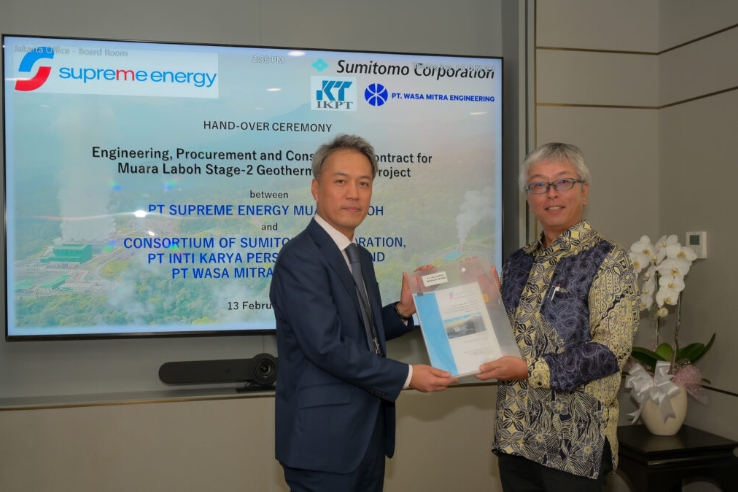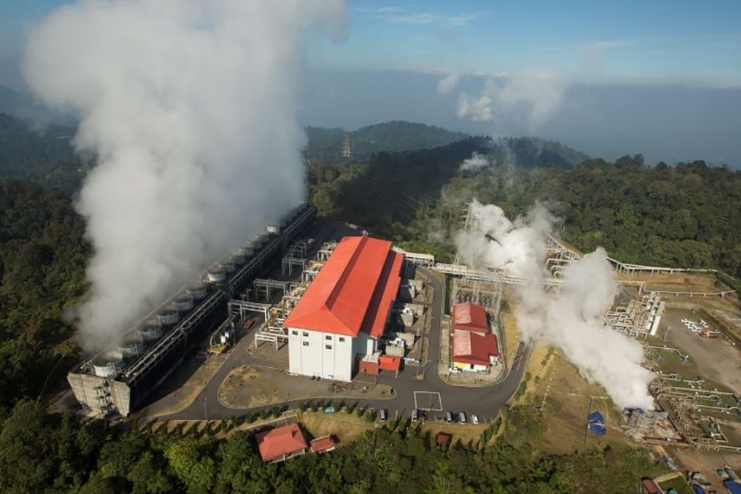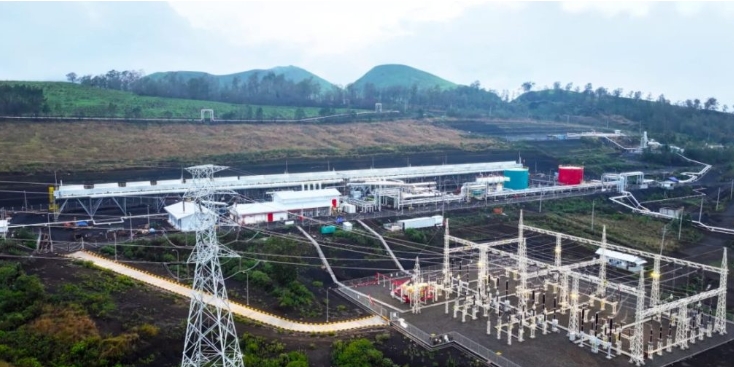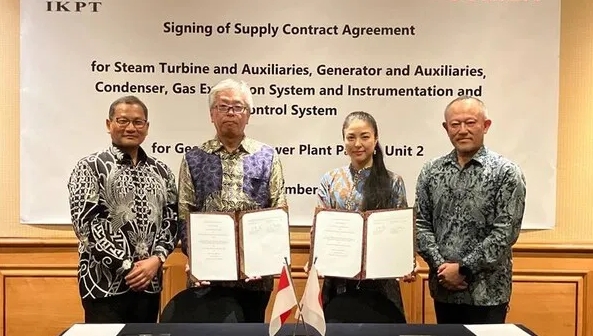
China's dual carbon goal and targeted policies have provided strong tailwinds, enabling the country's energy storage businesses to thrive amid the rapidly evolving market competition.
Driven by the carbon peak and carbon neutrality goals, China has been actively advancing the use of renewable energy, with energy storage playing a vital role.
As the country ratchets up policy support for the sector, an increasing number of Chinese enterprises have jumped on the bandwagon to develop business layouts oriented toward energy storage and compete in the lucrative market, with the industry scale predicted to surpass 1 trillion yuan (about 138.39 billion U.S. dollars) by 2025.
Based on cooperation with local governments, a slew of companies operating in the new energy industry have made recent moves to beef up their energy storage investment across the country.
A wholly-owned subsidiary of China Tianying Inc., an A-share listed company operating in the environment industry, recently announced its decision to build a 100-megawatt-hour gravity-based energy storage project in Huailai County of Hebei Province, in cooperation with the local government.
China's electric carmaker BYD and electric vehicle battery maker Contemporary Amperex Technology Co., Ltd. also announced to up their investment ante in the energy storage sector in partnership with local governments in south China's Guangdong Province. U.S. carmaker Tesla has also joined the race as it plans to build a gigafactory for energy storage in Shanghai.
The promising market prospects, fueled by policy tailwinds, serve as the driving force for new-energy conglomerates and competent businesses as they compete on the emerging track of the energy storage sector, according to analysts. At present, there are nearly 90,000 registered enterprises involved in the energy storage industry, data from the China Industrial Association of Power Sources (CIAPS) showed.
According to the National Energy Administration, China's energy storage sector, hydropower storage excluded, will enter the stage of large-scale development in 2025. Last month, the country's top economic planner said it encourages the participation of these types of energy storage facilities in the mechanism aimed at alleviating strain on the power system during peak periods.
The number of energy storage power stations is expected to sustain rapid growth as policies targeting energy storage are gradually fine-tuned at local levels and independent energy storage business models are continuously optimized, said Wang Zeshen, an official with the CIAPS.
According to Wang, the size of China's energy storage market will reach 70 gigawatts in 2025, compared with more than 15 gigawatts in 2020.
China aims to peak carbon emissions by 2030 and achieve carbon neutrality by 2060. Driven by these goals, the country will advance the energy revolution, expedite the building of new energy systems and beef up support for the rapid development of the energy storage sector, said Song Hailiang, board chairman and executive director of China Energy Engineering Group Co., Ltd.







